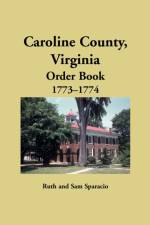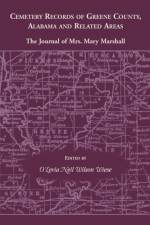av F Edward Wright & Robert W Barnes
419
This is a superb body of knowledge on the lineages of settlers of this region, following their descendants through the 18th century and sometimes into the early 1800s. By networking the multi-faceted talents of these authors we have greatly advanced the research of these families. Our authors draw on a wide range of published and unpublished sources including: probate, land, and court records; tax lists; church records; Bible records; cemetery records; and, published and unpublished family histories (sometimes obscure). This volume covers Kent County and includes the following surnames: Ackland, Allaby, Allibone, Arnold, Barnes, Bathershall, Bordley, Bowdy (Boudy, Bowday, Bowdie), Bowers, Bowles, Boyer, Breward (Brewer, Broord, Broward), Briscoe, Brown, Campbell, Carroll, Carter, Carty (Cartey, Carthy), Carville, Chancellor, Chandler, Chrisfield, Christian, Church, Clark, Clark (Glazier), Clark (Planter), Cleaver, Codd, Cole/Coles, Conner/Connor, Cooley/Coley/Colley, Coppedge (Coping), Copper, Corse, Coursey, Cousins (Cousans/Cozens), Covington, Cowarding, Crouch, Crow, Crump, Dawes, Day, Deere, Doran/Deoran/Dorin, Dulany, Ellenor, Fanning, Fiddis, Fields, Flintham, Ford, Foreman, Forrester, Foxon, Freeman, French, Fulston, Gambell, Garland, George, Giant/Gyant, Gibbs, Gilbert, Glassford, Goodhand, Gooding, Graham, Granger, Grant, Hailes, Haislip, Hazel, Henley, Hill, Hynson, Ivy, Jervis, Jerome, Jobson, Johnson, Jones, Kelly, Kendall, Kennard, Kenslaugh, Knight, Knowlman, Lassell/Lazzell, Leatherbury, Linegar, Lowder, MacCatee, Mann, Mansfield, McCan, Monk, Morgan, Murphy, Murphey, Nash, Neale, Newell, Nicholson, Norris, Perkins, Rasin, Ricaud (Richaux-Ricand), Ringgold, Rolph/Ralph, Shawn, Shield/Sheild, Smith, Tilden, Wilson, and Young. An index to full-names and places adds to the value of this work.









![Saint Lawrence [Canada] af Samuel Edward Dawson](https://cdnbackdoor.tales.as/thumbnail/150x225/00107/15407/cover.1568262347.jpg)




















